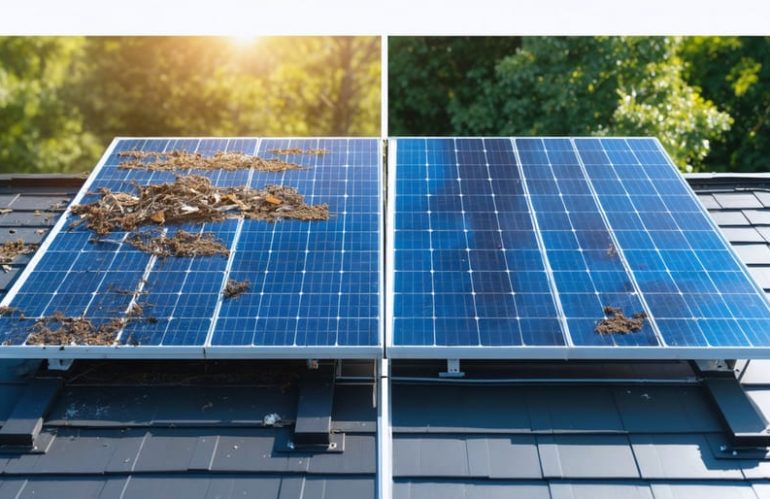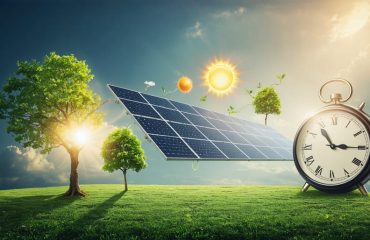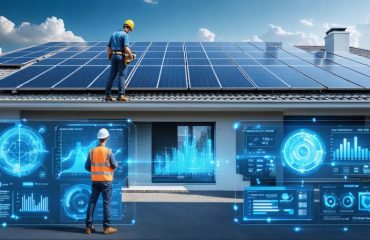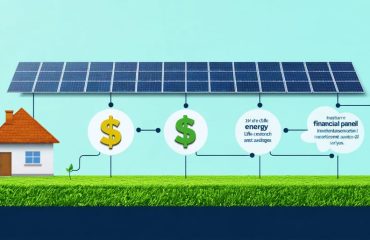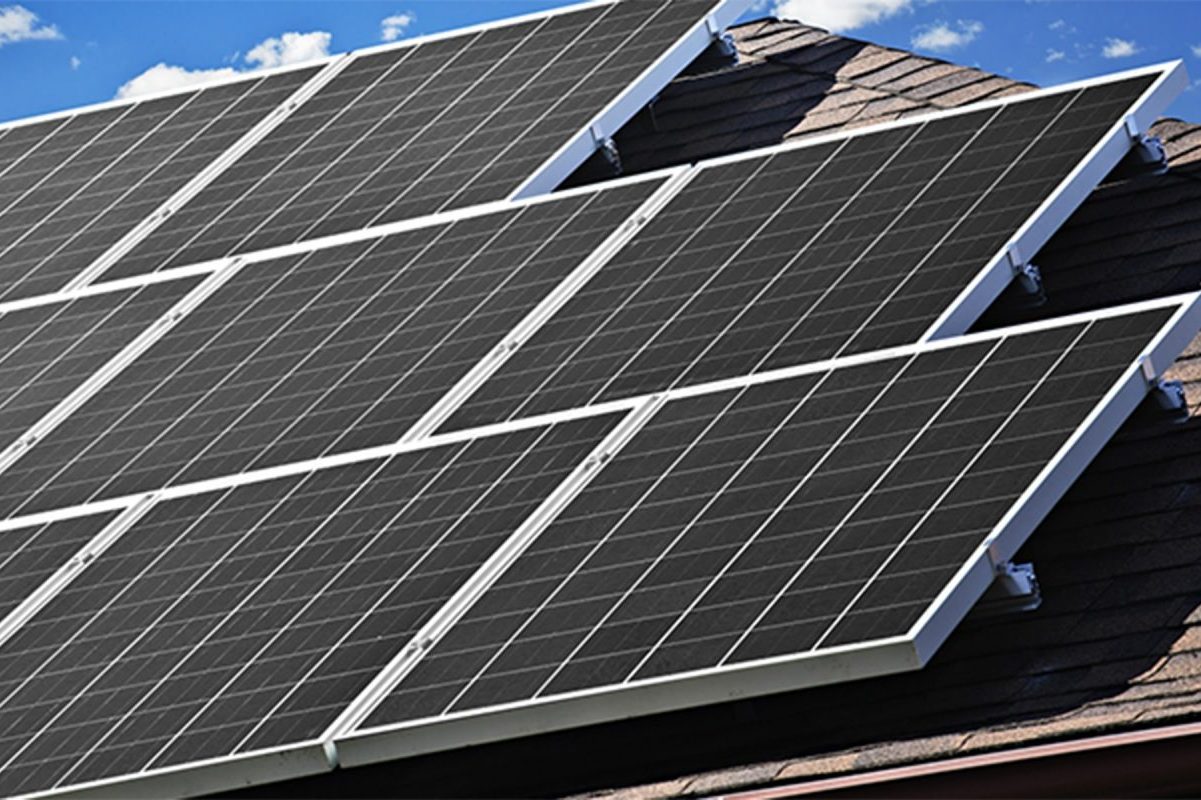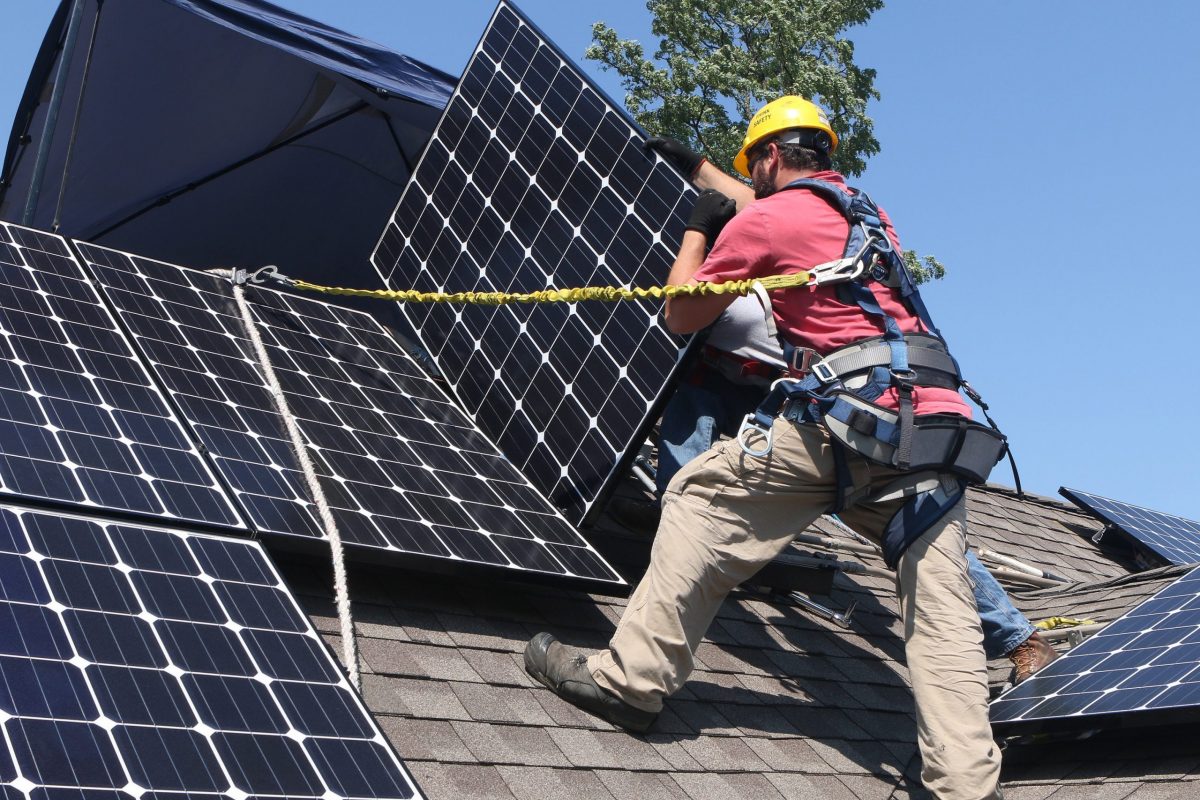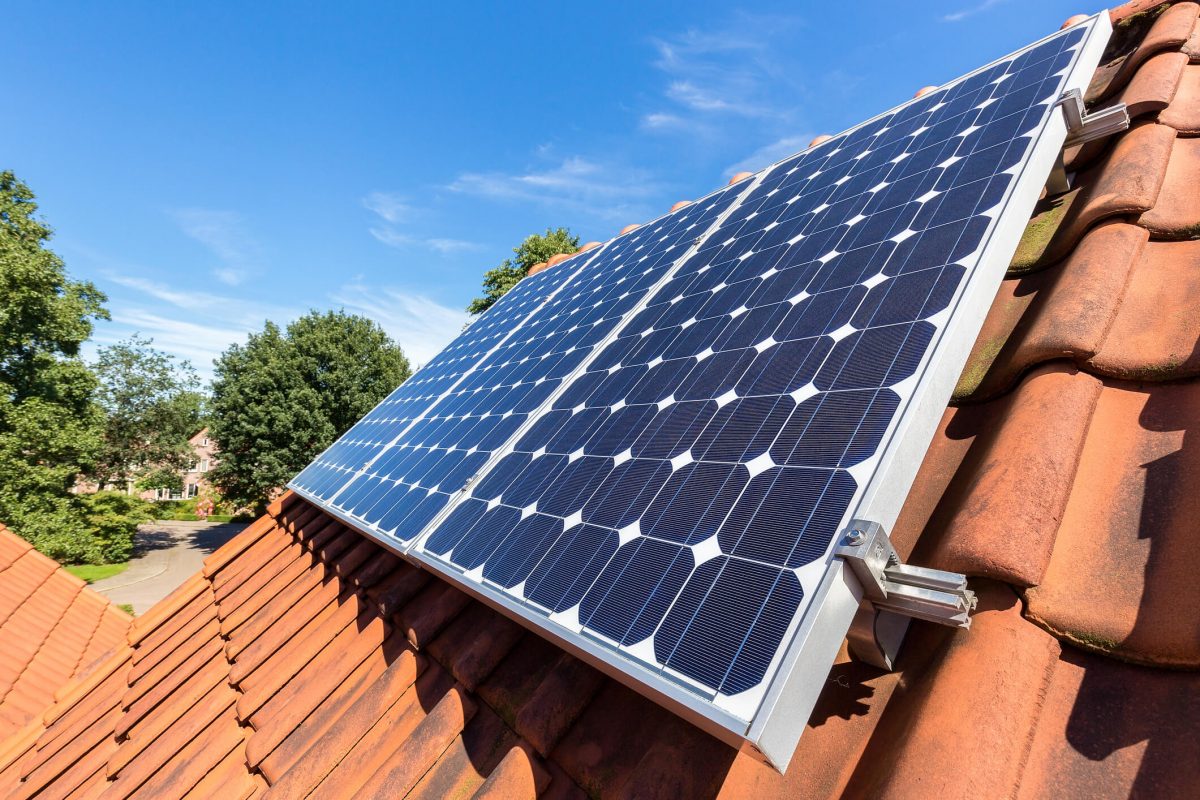Preventive care investments in healthcare systems consistently deliver returns ranging from 2:1 to 10:1, transforming both patient outcomes and financial sustainability. Regular health screenings, vaccinations, and lifestyle interventions cost significantly less than treating advanced diseases, while dramatically improving quality of life. Modern data analytics now enable healthcare providers to precisely target preventive measures, maximizing their impact and return on investment. By implementing comprehensive preventive care programs, organizations can reduce emergency room visits by up to 25% and slash chronic disease management costs by 40%, creating a powerful economic argument for proactive health management.
Analysis of preventive care strategies reveals their dual benefit: enhancing population health while generating substantial cost savings. This approach aligns perfectly with both value-based care models and patient-centered healthcare delivery, offering a clear path to sustainable healthcare economics. Forward-thinking healthcare organizations increasingly recognize preventive care as not just a medical necessity, but a strategic financial imperative in today’s challenging healthcare landscape.
The Real Cost of Neglecting Solar Panel Maintenance
Common Solar System Issues
Solar systems, while generally reliable, can experience several common issues when regular maintenance is overlooked. The impact of dirty panels can significantly reduce energy production, with dust and debris accumulation potentially decreasing efficiency by up to 25%. Loose or damaged wiring connections may lead to inconsistent power output and system shutdowns, while degraded sealants can allow moisture infiltration, potentially causing electrical shorts and reduced panel lifespan.
Inverter issues often develop gradually, starting with minor performance drops that can go unnoticed without monitoring. Wildlife-related problems, such as bird nests under panels or rodent damage to wiring, become more prevalent when systems aren’t regularly inspected. Additionally, unchecked micro-cracks in solar cells can expand over time, leading to dead spots on panels and decreased energy production.
These issues not only reduce system efficiency but can also lead to more expensive repairs when left unaddressed, making regular maintenance a crucial investment in your solar system’s longevity.
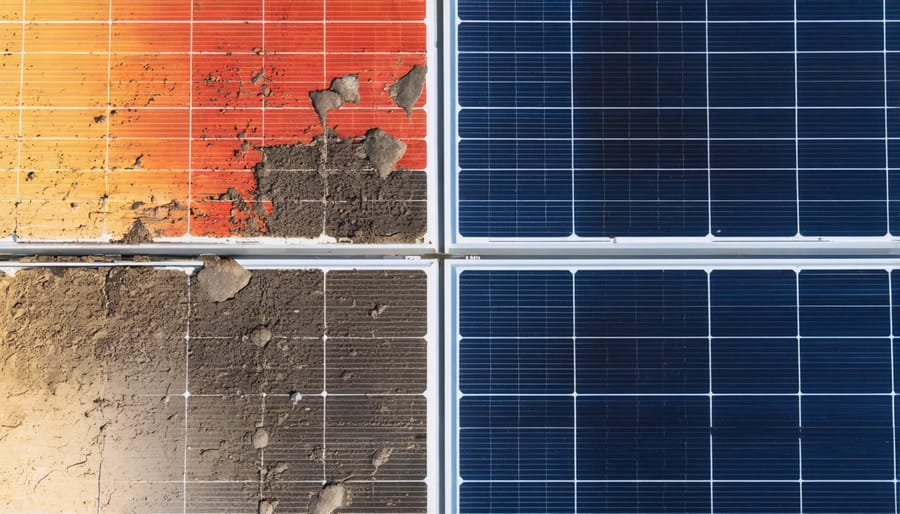
Emergency Repair Costs vs. Prevention
Emergency repairs can cost homeowners significantly more than regular preventive maintenance. For example, a sudden inverter failure could cost $2,000-$3,000 to replace, while annual maintenance checks might only cost $150-$300. When panels stop working unexpectedly, you not only face repair costs but also lose valuable energy production, leading to higher utility bills.
Think of preventive maintenance like regular health check-ups – catching issues early prevents costly emergencies. Regular cleaning and inspections can extend your system’s lifespan by 5-10 years, maximizing your return on investment. Studies show that well-maintained solar systems produce up to 30% more energy than neglected ones.
The math is clear: spending a few hundred dollars annually on prevention can save thousands in emergency repairs and lost energy production. Plus, many solar maintenance companies offer service packages that make regular care even more affordable, ensuring your system operates at peak efficiency year-round.
Breaking Down Preventive Maintenance Costs
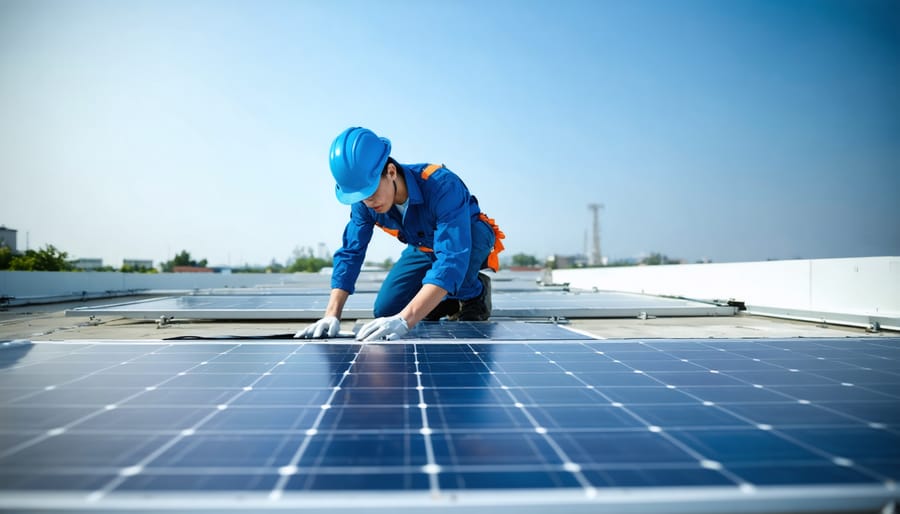
Annual Inspection Costs
Professional solar panel inspections typically cost between $150 to $300 annually, though prices can vary based on your location and system size. This investment includes a thorough examination of your entire solar setup, including panel performance testing, wiring checks, and mounting system evaluation.
Most solar companies offer inspection packages that bundle various services together, making it more cost-effective than purchasing individual services. These packages often include thermal imaging to detect hot spots, performance monitoring system checks, and detailed reports on system efficiency.
For larger residential systems (10kW or more), inspection costs might reach $400-$500, but these systems also generate more savings to offset the maintenance expenses. Many solar installers offer maintenance plans that include annual inspections at discounted rates, typically saving homeowners 15-20% compared to one-time inspection fees.
Remember that regular professional inspections can help identify small issues before they become costly problems, potentially saving thousands in emergency repairs or replacement costs down the line.
Routine Cleaning and Care
Regular cleaning and basic maintenance of your solar system is surprisingly cost-effective, typically ranging from $150 to $300 annually when done by professionals. However, many homeowners can reduce these costs significantly by handling routine cleaning themselves. A basic cleaning kit, including a soft brush, biodegradable soap, and a water hose, costs around $50 and can last several years.
Maintaining a regular cleaning schedule, typically twice a year in most climates, can boost energy production by 5-10%. This translates to approximately $100-200 in additional energy savings annually for an average residential system. The math is clear: spending a few hours on DIY maintenance or $300 on professional cleaning can generate $1,000 or more in enhanced system performance over five years.
Minor maintenance tasks like checking connections and cleaning debris can be done during the cleaning routine at no extra cost. This proactive approach helps prevent more expensive issues down the line. For those in dusty areas or regions with heavy pollen, increasing cleaning frequency to quarterly may be worth the additional effort, as dirty panels can reduce efficiency by up to 25%.
The Financial Benefits of Regular Maintenance
Extended System Lifespan
Regular preventive maintenance significantly extends your solar system’s life beyond the typical solar panel lifespan of 25-30 years. When you invest in routine care, you’re not just maintaining your system – you’re protecting your warranty and maximizing your return on investment.
Think of your solar installation like a car: regular oil changes and tune-ups keep it running smoothly for years beyond its expected lifetime. The same principle applies to solar panels. Consistent cleaning, inspection, and maintenance prevent small issues from becoming major problems that could compromise system efficiency or void your warranty.
Most manufacturers require documented maintenance to honor warranty claims. By keeping detailed records of professional inspections and cleaning sessions, you maintain your coverage while ensuring optimal performance. This documentation becomes particularly valuable if you ever need to make a warranty claim or decide to sell your home.
The math is compelling: spending a few hundred dollars annually on maintenance can add 5-10 years to your system’s productive life. This extension translates to thousands of dollars in additional energy savings and helps maintain higher energy production rates throughout the system’s lifetime. For environmentally conscious homeowners, this also means a smaller carbon footprint over time, as well-maintained panels maintain their efficiency longer.
Optimized Energy Production
Regular maintenance of your home’s energy systems isn’t just about preventing breakdowns – it’s a smart investment that directly impacts your utility bills and energy production efficiency. Studies show that well-maintained solar panels can produce up to 30% more energy compared to neglected systems, translating into significant savings on your monthly electricity bills.
Consider this: dust, debris, and natural weathering can reduce solar panel efficiency by 5-15% annually. Through preventive maintenance, including regular cleaning and inspection, homeowners can maintain optimal energy production levels throughout the system’s lifetime. This proactive approach ensures your investment continues to deliver maximum returns.
The math is compelling: a typical 6kW solar system that costs $15,000 can save around $1,200 annually in electricity costs when operating at peak efficiency. Regular maintenance, costing approximately $200-300 per year, helps preserve these savings by preventing performance degradation. The return on investment becomes even more apparent when you consider that neglected systems might require costly repairs or replacements, potentially running into thousands of dollars.
Smart home energy monitoring systems can help track performance metrics, allowing you to spot efficiency drops early. Combined with scheduled maintenance, these tools ensure your energy production remains optimized year-round, maximizing both environmental benefits and financial returns on your sustainable energy investment.
Creating Your Cost-Effective Maintenance Plan
DIY vs. Professional Care
Many common maintenance tasks can be safely performed by homeowners, saving both time and money. Regular visual inspections, light cleaning with a garden hose, and monitoring system performance through your inverter display are all DIY-friendly activities. Removing leaves, bird droppings, or light debris can typically be handled without professional help.
However, certain situations require expert intervention. Call professionals for electrical issues, inverter malfunctions, or when panels need repairs. If your roof is steep or difficult to access safely, leave the maintenance to certified technicians. Additionally, annual professional inspections are recommended to catch potential issues early and maintain warranty compliance.
The key is striking a balance: handle simple maintenance yourself while budgeting for professional services when needed. This approach typically offers the best return on investment, ensuring your system operates efficiently while avoiding costly repairs from DIY mistakes. Remember, safety should always be your primary concern when deciding between DIY and professional care.
Maintenance Schedule Planning
Creating an effective maintenance schedule involves strategically timing your preventive care activities to maximize their impact while minimizing costs. Start by establishing a baseline inspection schedule – quarterly visual checks and annual professional inspections are typically ideal for most home systems. This foundation helps catch potential issues early while avoiding unnecessary frequent servicing.
Consider grouping maintenance tasks by season to optimize both time and expenses. For example, schedule HVAC maintenance in spring and fall, roof inspections before winter, and plumbing system checks before temperature extremes. This approach prevents multiple service calls and often qualifies for package pricing from contractors.
Track your maintenance history and costs in a simple spreadsheet or home maintenance app. This data helps identify patterns and adjust your schedule for better cost-effectiveness. Many homeowners find that some systems need more frequent attention while others can go longer between services without increasing risk.
Remember to factor in manufacturer warranties and service agreements when planning your maintenance timeline. Often, maintaining recommended service intervals preserves warranty coverage and can lead to significant savings on potential repairs.
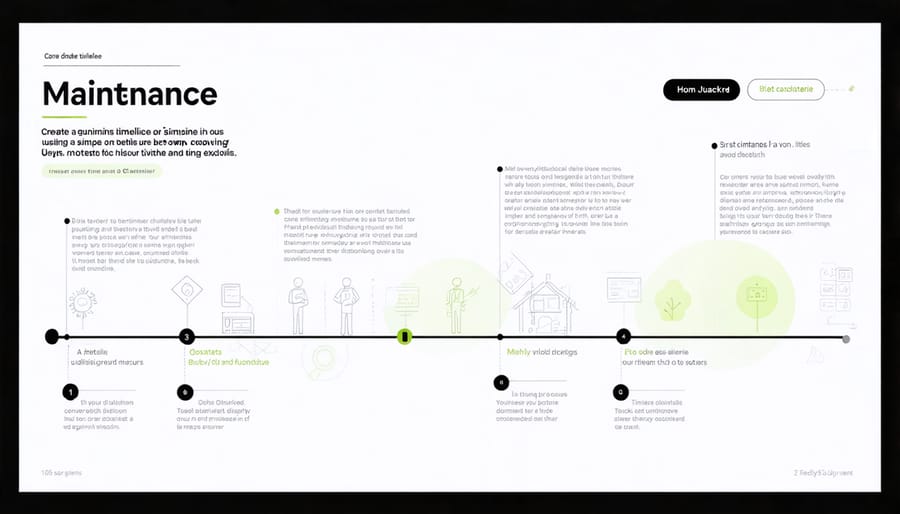
Investing in preventive care consistently proves to be a smart financial decision for homeowners. Regular maintenance typically costs just a fraction of major repairs or replacements, offering an impressive return on investment that can reach up to 300% over time. Beyond the immediate cost savings, preventive care extends equipment lifespan, maintains optimal performance, and preserves property value. When factoring in improved energy efficiency, reduced emergency repair costs, and longer system longevity, the financial benefits become even more compelling. The key is viewing preventive maintenance not as an expense, but as a strategic investment that pays dividends through lower operating costs, fewer disruptions, and enhanced home comfort. By adopting a proactive approach to home maintenance, homeowners can protect their investment while enjoying significant long-term savings and peace of mind.

